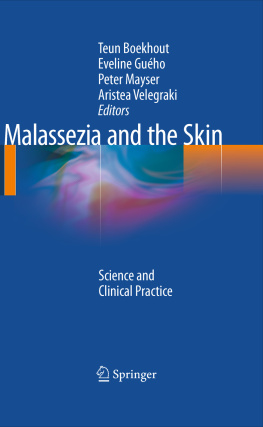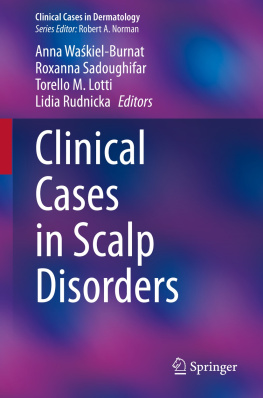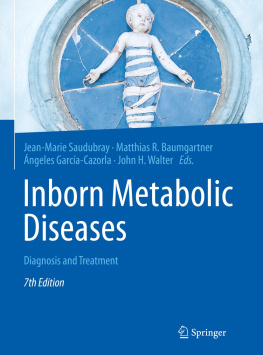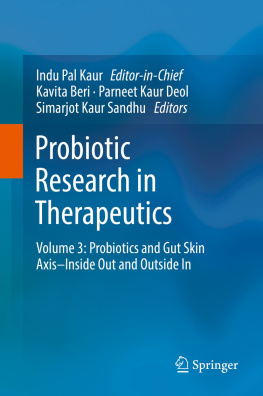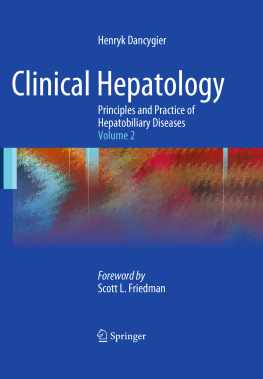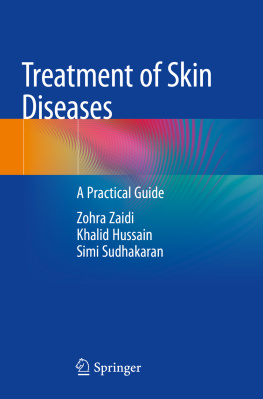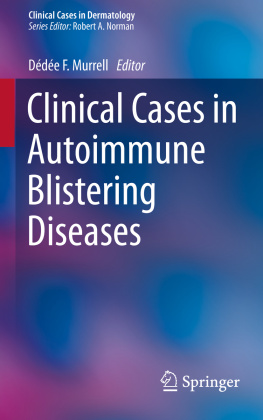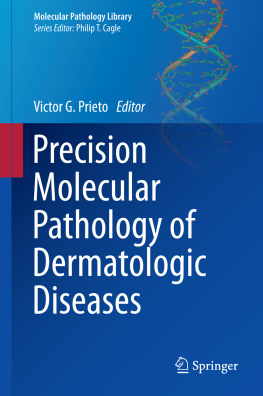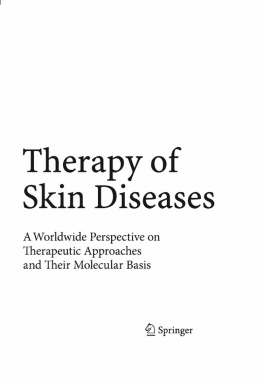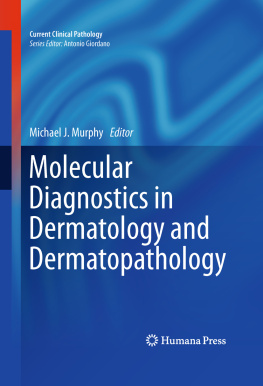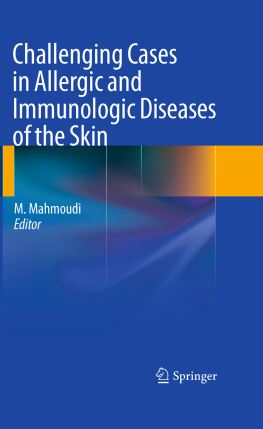Teun Boekhout , Peter Mayser , Eveline Guho-Kellermann and Aristea Velegraki (eds.) Malassezia and the Skin Science and Clinical Practice 10.1007/978-3-642-03616-3_1 Springer-Verlag Berlin Heidelberg 2010
1. Introduction: Malassezia Yeasts from a Historical Perspective
Core Messages
The history of the recognition of the significance of the Malassezia yeasts and their potential role in causing disease in humans and animals is one of the more intriguing medical stories of the last 150 years. It contains all the elements of a classic mystery, from the early proposed association between an unusual looking organism seen in the skin diseases, seborrhoeic dermatitis and pityriasis versicolor, to its reclassification into a number of different species on the basis of molecular taxonomy. In the intervening period, other important discoveries were made. Its presence on normal skin indicated that it was a skin commensal, yet the argument over its true identity and nomenclature form a key part of this story. It was accepted at first as a cause of seborrhoeic dermatitis, but then rejected before the argument swung back in favour of a causal link in the late 1980s. While it has always been accepted as a cause of pityriasis versicolor, the new molecular work has allowed for the initiation of investigations to relate different clinical forms to individual species. The association of Malassezia species with animal disease has been an important development in veterinary medicine as skin disease caused by these organisms is very common in certain breeds. More recently, it has been reported that Malassezia species can be a cause of systemic infection, particularly in new born infants, and that it may also contribute to allergic disorders such as atopic dermatitis. As is often the case, the molecular work has outpaced the definition of clinical states, and it will be necessary to re-examine the status of individual diseases and reconsider whether they should be subdivided further. Early difficulty in the isolation of these lipophilic yeasts in the laboratory held back research, but the introduction of molecular methods has expedited work on the genus in recent years. This has contributed to our understanding of its pathogenesis, epidemiology and even its management. For instance, it has provided a more robust method of designing intervention strategies, such as the use of appropriate antifungals, as different species exhibit different drug sensitivity patterns.
1.1 Definition
Malassezia yeasts are lipophilic organisms, which have been recognised for over a century as members of the normal human cutaneous flora, and also as agents of certain skin diseases []. This leads to the formation of a prominent bud scar that gives the typical bottle shape to the parental cell and the bud, thus enabling the easy recognition of the yeasts in skin material (Chap. 2.3). They have the physiological property of being able to utilise lipids and, with M. pachydermatis as the exception, the species show an absolute requirement for lipids in culture media (Chap. 2.1). The genus is currently classified in the order Malasseziales among the Exobasidiomycetes (Basidiomycota) (Chap. 2.2).
1.2 Taxonomy
The earliest description of Malassezia is that by Eichstedt in 1846 [].
Contemporary reports at this time revealed an interest in scaly conditions of the scalp including seborrhoeic dermatitis (SD), and dandruff (pityriasis capitis) where the presence of yeasts without filaments was seen not only in these patients but also in apparently healthy skin. Rivolta noted double contoured organisms in scales from psoriasis lesions in 1873 [].
Subsequent studies by Panja however, recognised similarities between Malassezia and Pityrosporum and he suggested a single genus for these yeasts, naming them M. furfur and M. ovalis , with a third species, M. tropica , as a cause of a tropical variant of PV, pityriasis flava [].
During the years 1925-1955, more species of Pityrosporum were described. In 1925, Weidman [].
Yarrow and Ahearn []. These authors were able to demonstrate additional factors such as physiological and serological properties of these organisms, which supported their proposed divisions within the genus.
Once molecular characteristics were established, it became apparent that the varieties reported in the literature did in fact, represent a diversity of species within the Malassezia genus. A new species, M. sympodialis , was described in 1990 [].
Schemes were developed which enabled the identification of species using phenotypic characters [].
1.3 Culture Studies
Lipids have been incorporated in culture media for the isolation of Malassezia/Pityrosporum , since the earliest studies on their recovery, as formulae in use at that time included natural products such as milk, eggs, lanolin, meat infusion and butter, [].
Further physiological conditions found to be important for success in the isolation and maintenance of Malassezia cultures, were the use of freshly prepared media, humid conditions and a temperature between 30 and 35C [].
Descriptions of the colony characteristics of Malassezia cultures were very limited until media were developed to provide substantial growth. Formulae with an emulsion of lipid in the agar rather than an oily overlay allowed the formation of discrete colonies with reproducible features. Illustrations by Panja in 1927 []. These features are now included in the standard species descriptions (Chap. 2.1).
From the earliest records of the lipophilic yeasts in tissue, and in cultures, a diversity in the shape of the cells was recognised, with descriptions of oval, globose, bottle shaped and elongated yeasts [], but they have never been observed in vivo associated with this species.
The property of differences in fatty acid requirements of variants of Malassezia reported by Shifrine and Marr [].
1.4 Ecology
Numerous surveys to determine the extent of Malassezia colonisation on human skin have been undertaken using both direct microscopy of tissue and by culture [] have indicated the distribution of each species from healthy skin and their relationship with dermatological conditions.
Surveys on animals have focused on the recovery of M. pachydermatis , which shows a wide range of animal hosts (Chap. 3.3). Several of the remaining Malassezia species have been reported from animals, but the extent of the spectrum of the thirteen species in both human and animal skin, as well as the non-living environment, is still being determined (Chaps. 2.1 and 3.3).
1.5 Associated Diseases
Malassezia species have been associated with a number of different diseases in both humans and animals [] and onychomycosis. In the latter instance, Malassezia are almost certainly, colonists of subungual space.
The history of the descriptions of these diseases is difficult to disentangle, partly because of the use of similar terms to describe what we now know to be distinct disease states. Braun-Falco et al. [], for instance, used the term pityriasis to describe a number of different conditions including scaling in the scalp. Generally, for centuries, the term pityriasis had been used to describe scaling conditions distinct from psoriasis or ichthyosis; the alternative word porrigo was also often used for similar scaling conditions
1.5.1 Pityriasis Versicolor (PV)

